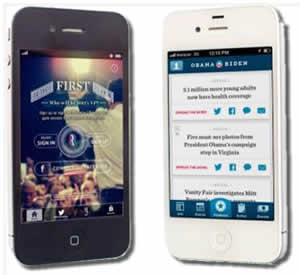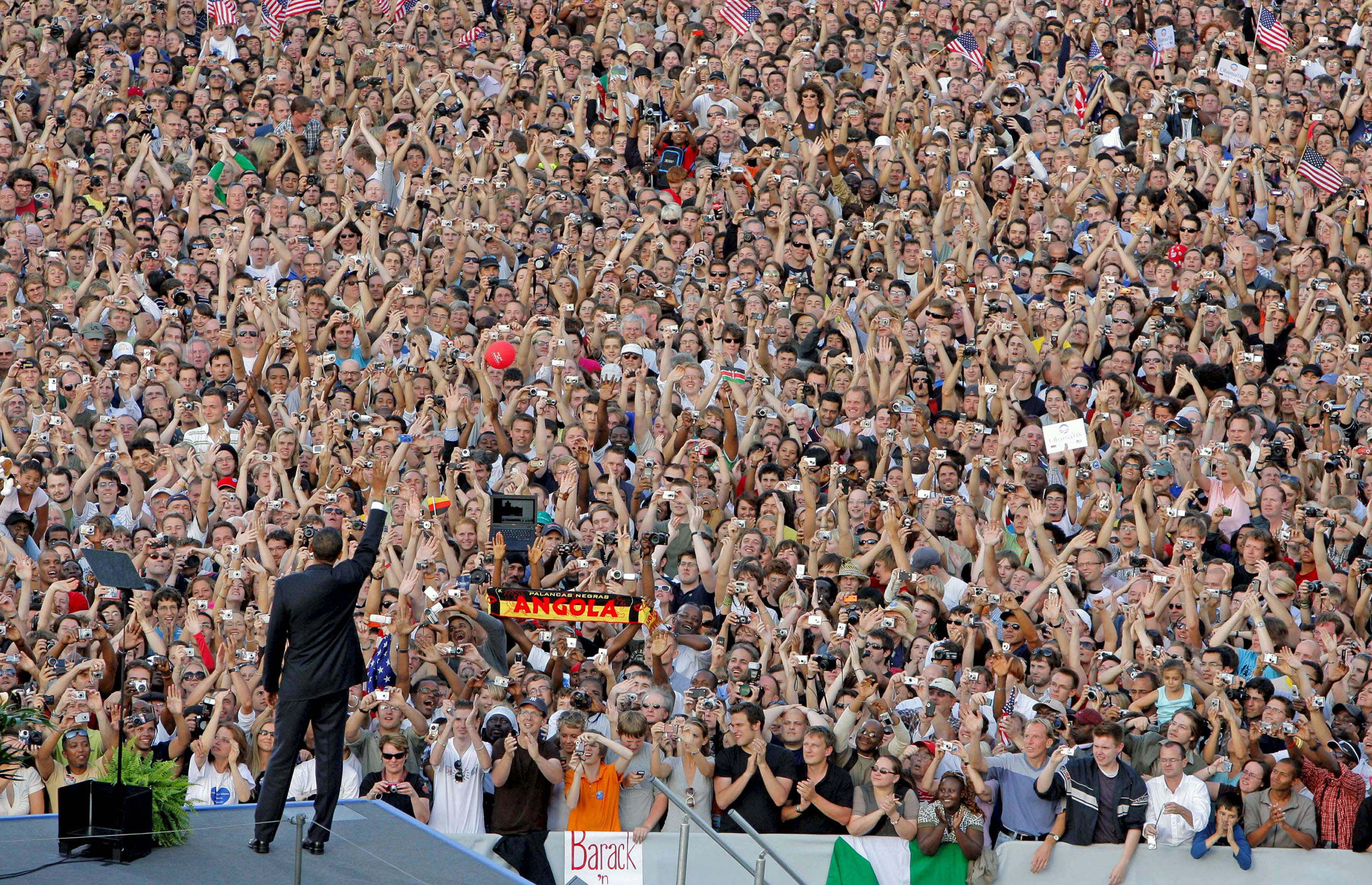What Obama (& Romney) can Teach You About Mobile (Part 1)
Please Note: This is the first of a three-part series analyzing the full spectrum of mobile tools used by both presidential campaigns.
Now that Americans inaugurated President Obama, it’s a good time to review how both campaigns leveraged mobile tools. While nearly all campaigns lack the financial and staff of presidential races, there is much that you can gleam from their efforts that can be affordable applied to yours.
Engaging voters via mobile requires more than just creating an app or slapping a QR code on a lawn sign. Both Obama and Romney pushed the capabilities of mobile with many successes and failures to fundraise, engage and GOTV:
Mobile Web:
These two facts that should make you pause: over half of Americans use a smartphone and 28 percent use their mobile phone as their primary means of accessing the internet. Having a mobile-optimized website is no longer an option for campaigns. Mobile sites act as the hub that drives action to and from multiple channels including email, social media, SMS and even search.
Both campaigns understood this fact, but they took different design approaches: Obama’s site was mobile responsive and Romney created a separate mobile site. Each site had strengths and weaknesses for both action- and information-oriented visitors.
Obama followed the mobile-first approach—one most recommended by designers. Unfortunately, that was the end of their smart thinking. While it’s critical to ensure that mobile users have access to the same information as desktop users, you need to balance site speed with content parity and navigation or you’ll lose visitors. This is the big failure of their site. They shoe-horned all of the content from the home page into a massive single, 15,770 pixel long, 4.2MB page. It took a minimum of 30 seconds to download. This is deadly considering that over 74% of mobile users, especially those action-oriented, won’t wait more than 5 seconds for a site to load.
Team Romney created a dedicated mobile site that loaded quickly, but it did so at the expense of content. It contained a fraction of what was on the desktop sites. Mobile users also could not route to the desktop site to go deeper on a topic. Worse, the many channels the campaigned used to drive traffic to the desktop site didn’t appear on their mobile site. While both sites are filled with opportunities for action-oriented visitors, this one has a better chance of converting visitors.
Takeaways:
Since most political campaigns sites are not content heavy, it’s in your best interests to provide a separate mobile site with these three caveats:
- You don’t update your site daily. While cross-posting new content on a mobile site is just an extra step, it can add a significant amount of time as you post more.
- You have the technical competence needed internally. Thanks to easy-to-use content management systems (CMS) like WordPress, updating a site is far easier today, but you still need to have the capacity to do so.
- You treat forms differently from each version. Mobile users are less likely to fill out more than 3-4 fields. So adjust forms accordingly when you can (while following FEC regulations).
In Part 2, we will review how both campaigns leveraged mobile advertising and fundraising.
